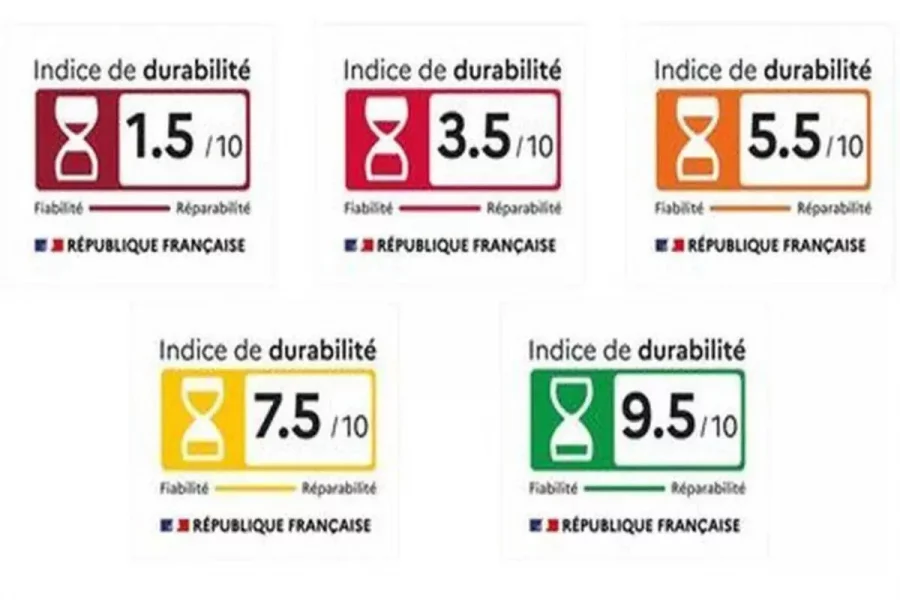The Principality of Monaco marked the 30th anniversary of its diplomatic ties with China during a grand Chinese New Year gala at the Fairmont Monte-Carlo. The event blended cultural traditions, networking, and high-level diplomacy, drawing distinguished guests from Monaco and China.
The gala, hosted by the Monaco-China Association and Monaco Dragon Prestige with support from Monaco’s Embassy in China, commemorated three decades of friendship and cooperation between the two nations. Held in the Grand Salon of the Fairmont, the evening unfolded with a cocktail reception featuring cultural activities such as Chinese calligraphy, followed by a traditional Dragon Dance, live music, and popular Chinese songs sung by a bilingual choir from Collège Charles III. Performances from the AI Danse Paris troupe were also a highlight.

In her opening remarks, Monaco’s Ambassador to China, Marie-Pascale Boisson, reflected on the strength of Monaco and China’s 30-year partnership. After offering condolences for the recent passing of Monaco’s Minister of State, Didier Guillaume, she celebrated the ties forged over three decades. “Tonight, thanks to the Monaco-China Association, we are celebrating not only the Chinese New Year but also a significant milestone in our bilateral relations. Over 30 years, we have fostered strong cultural, economic, and diplomatic ties,” she said.
The gala coincided with the beginning of the Year of the Snake, which symbolises wisdom, patience, and renewal in Chinese astrology. Ambassador Boisson highlighted key achievements of 2024, including the revival of tourism between Monaco and China, visa exemptions for Monegasque travelers, and cultural collaborations such as the Monte-Carlo Ballet’s performance in Shanghai. She called the Year of the Snake an opportunity for both nations to build upon their shared commitment to excellence and innovation.

Shi Yuli, acting Consul General of the People’s Republic of China in Marseille, also addressed the audience, describing the relationship between the two nations as a “bridge of friendship that unites two vastly different cultures.” He spoke about the significance of the Spring Festival, recently recognised by UNESCO as an Intangible Cultural Heritage of Humanity, and commended the flourishing economic, cultural, and environmental collaborations between Monaco and China. “Over the past three decades, trade volumes between our countries have multiplied fifteenfold, and cultural exchanges have brought our people closer together. The Year of the Snake brings hope and renewal, promising further growth in our partnership,” his message read.

The evening also included gifts for attendees, such as a stunning snake necklace by APM Monaco and a Cubata cigar.
Stay tuned for Monaco Life’s Editor in Chief Cassandra Tanti’s interview with Monaco’s Ambassador to China Marie-Pascale Boisson.
See more in our Instagram video below…
View this post on Instagram
Monaco Life is produced by real multi-media journalists writing original content. See more in our free newsletter, follow our Podcasts on Spotify, and check us out on Threads, Facebook, Instagram, LinkedIn and Tik Tok.
Main photo credit: Cassandra Tanti, Monaco Life







